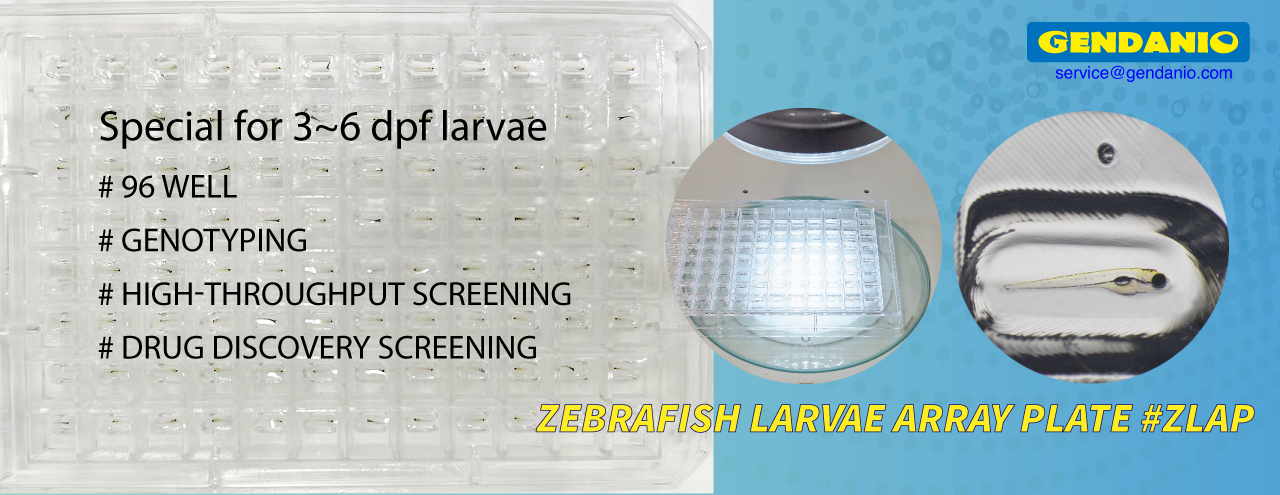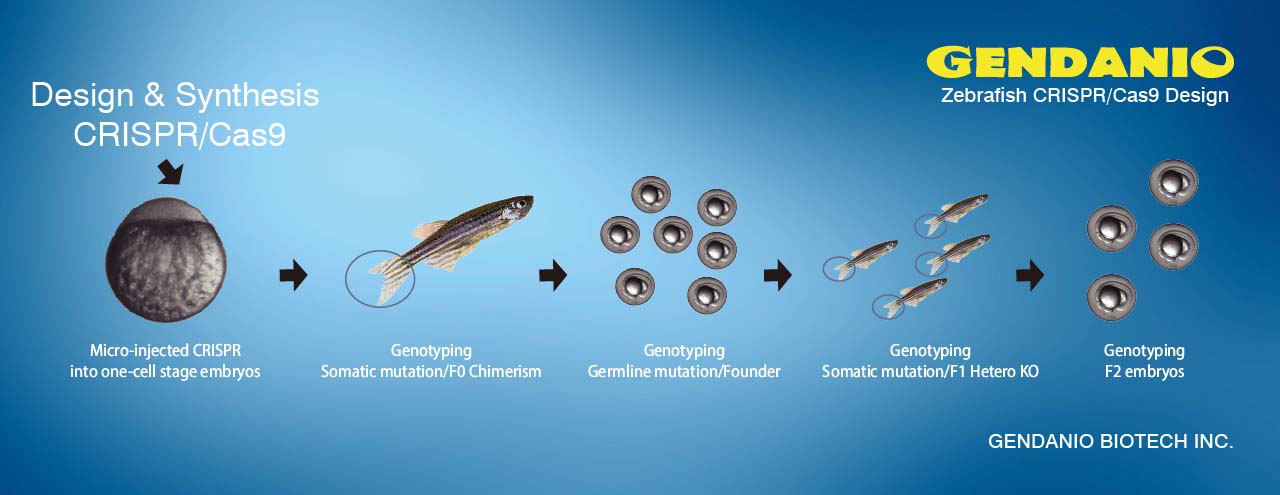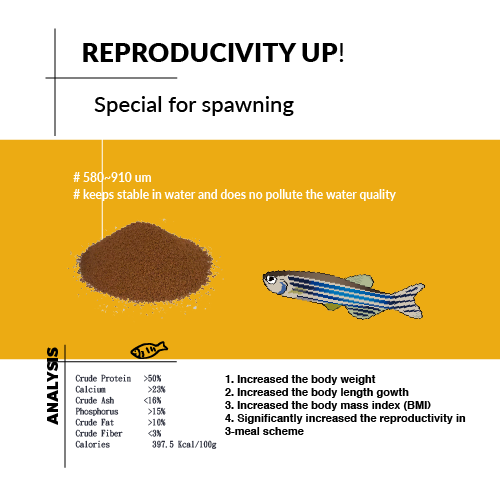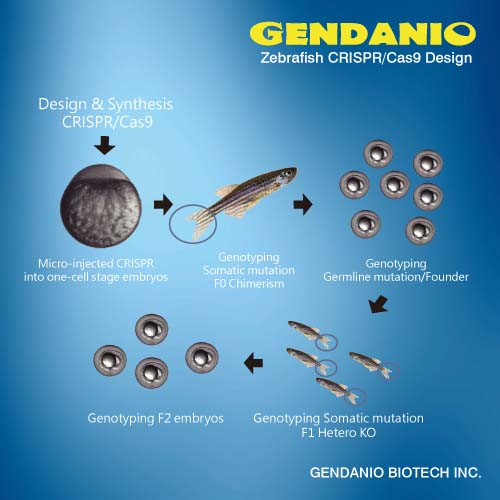ScienceDaily (Jan. 7, 2005) — Traditionally viewed as supporting actors, cells known as glia may be essential for the normal development of nerve cells responsible for hearing and balance, according to new University of Utah research. The study is reported in the January 6, 2005 issue of Neuron and is co-authored by scientists at the University of Washington.

"Using zebrafish as a model, we've demonstrated that glial cells play a previously unidentified role in regulating the development of sensory hair cell precursors -- the specialized neurons found in the inner ear of humans that make hearing possible. This research increases our understanding of how nerve cells develop and whether it may be possible to regenerate these types of cells in humans one day," said Tatjana Piotrowski, Ph.D., assistant professor of neurobiology and anatomy at the University of Utah School of Medicine.
Scientists long have known that glial cells, or simply glia, are essential for healthy nerve cells. However, in the last 10 years scientists have learned that glia aren't just "glue" holding nerve cells together. Glia communicate with each other and even influence synapse formation between neurons.
Piotrowski's research in zebrafish focuses on the development of sensory neurons known as hair cells. Like humans, zebrafish use hair cells to detect sound and motion. However, in humans hair cells are buried deep inside the inner ear making them difficult to access. Hair cells in zebrafish are located on the surface of their body and help the fish swim in groups and avoid predators.
"Zebrafish are a wonderful model for studying hair cell development for a number of reasons. The hair cells are exposed and can be easily seen under the microscope in the live fish. We can also visually identify the consequences of gene defects in the 200 to 300 embryos each female fish produces," she said.
By studying these mutant embryos, Piotrowski and her colleagues discovered that during development the zebrafish is "seeded" with future hair cells through a process known as placode migration. These precursor cells, called interneuromast cells, eventually go on to make hair cells, but only when they are sufficiently far enough away from the glial-ensheathed nerve.
"Once these cells are far enough away from the glia they begin to differentiate into hair cells. We know something in the glia is regulating development and acting as an inhibitory cue. It's possible that this signal could also play a role in the development of stem cells throughout the nervous system. Much more research is needed to identify this signal but we're optimistic our work has set the stage for future discoveries," said Piotrowski.
The University of Utah has one of the largest zebrafish facilities in the country with more than 6,000 zebrafish tanks. In addition to Piotrowski, six other University faculty members use the fish to study various clinical disorders including leukemia, colon cancer, congenital heart defects, muscular dystrophy and other birth defects.
###
NOTE: Video of zebrafish larva being "seeded" during placode migration with neuromast precursors is available through Dr. Piotrowski. For a sample of what the images look like, visithttp://www.neuro.utah.edu and click on Dr. Piotrowski's home page (listed under the faculty link).
Source: ScienceDaily






















